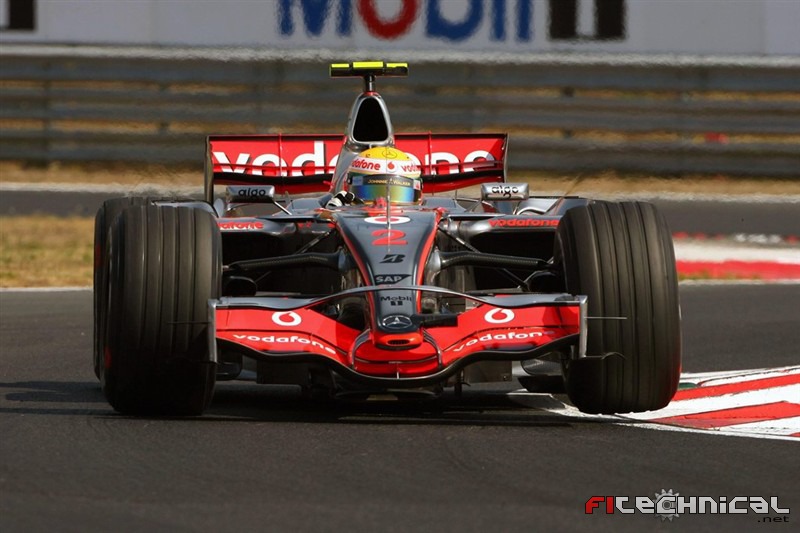I think I am learning slower than many here.. But I was just thinking of the angles of the two main components of the rear wings..
The bottom element can work like an upside down plane wing, creating a decent amount of downforce from the lift in addition to changing direction of the flow. But if the top element is not stalled, the lift (again talking in airplane wing terms) will be actually kind of backwards at a steep angle. This force will provide some downforce, but will also create a force pulling the car backwards (figuratively speaking). So, the best thing to do with the top element would be actually stalling it. That would kill the lift on that wing. The main contribution to the downforce would come from the change in the direction of airflow above the wing.
My ignorant theory is as follows - feel free to correct:
There were many links to the theory of the blown wing. As far as I can summarize it helps prevent the flow separation and keeps the laminar flow around the wing, enabling it to work at higher angle of attack without stalling. In the upper element of the rear wing of the Macca it should work best when the car is going relatively slow would actually further slow it down while generating some extra downforce. So, if the snorkel is somehow controlling the airflow and is connected to the driver's left foot, it might be actually allowing the flow during braking as an aid to slow the car more efficiently.
It would be easy to tie something to the brake pedal that opens a valve instead of expecting the driver to try to squeeze a tube with his knee on the straights.
No need for flame, just point out that this is dumb or has been explained (in a way I couldn't understand) before.
- Login or Register
No account yet? Sign up


